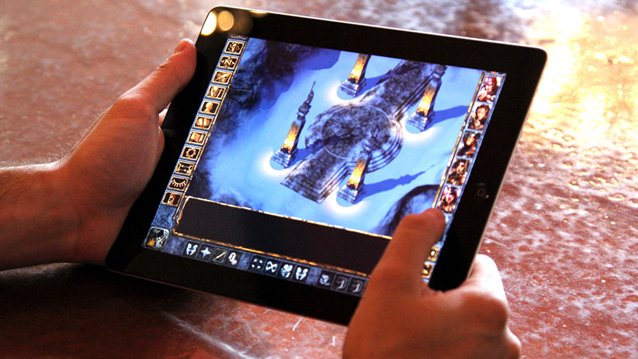Board games are one of the oldest civilized artifacts that have been found by archaeologists during their expeditions. It shows a level of culture within the civilization and helps modern day anthropologists to gage the level of sophistication that the culture might have experienced. Some of the games found date back many thousands of years BC and in a few cases, examples of what are believed to be board games were discovered in cultures that didn't even have common literacy levels. Board games have always been a great form of entertainment as well as a unique teaching tool, which may be a large part of the reason that they not only date back into ancient history, but have remained a part of culture to this day.
Senet is the oldest game that has ever been discovered during excavations. First discovered when exploring the remains of the Predynastic Egyptian culture from around 3500 BC, Senet was very much a part of the Egyptian world by 1300 BC, when it began to become a feature painted on the walls of the grand tombs of the pyramids. It seems that Senet became a traditional part of spiritual life for the Egyptians as well, serving almost as a talisman for the treacherous journey in the afterlife. There is an element of luck in the game and this, when paired with the Egyptian belief in determinism, successful players were considered to have special protection granted to them by the gods. Many different Egyptians were often buried with their Senet boards among other objects and even in the famed Egyptian Book of the Dead, the game is given special attention.
The game, as far as archaeologists are able to determine, is a form of a race game. The board is a sequence of 30 squares which have been arranged into 3 different rows of 10 each. A traditional game features 2 sets of pawns, each set having at least 5 pieces each, with one set belonging to each player for the duration of the game. Movements were made somehow by tossing either throwstick or knucklebone, which served as a form of dice, affecting movement.
Go is another game dating back to the BC era of history, finding its origins in Ancient China. The first known recording of the game dates back to 548 BC, although legend has it that it was invented as far back as 2300 BC. The game slowly spread to Korea and Japan between the 5th and 7th Centuries AD, where it gained the attention of the Imperial Court during the 8th Century. By the 13th Century, Go was a common game for the general public in Japan, which aided in its widespread universal appeal.
The 2 player game uses a number of white and black stones on a board marked with perpendicular lines. The object of the game is to place the stones on the board in such a way that unbreakable chains are made. The player who forms the most chains and successfully blocks their opponent from forming chains is declared the winner of the game. Both of these games have simple origins and simple rules, but are complex enough to have withstood the test of time. Senet was played for many thousands of years and Go is a game that is still commonly played today.





